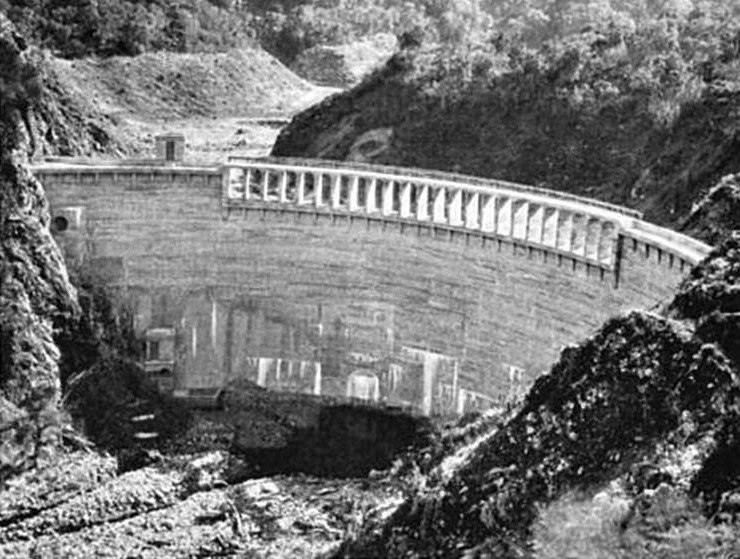Carmel River Steelhead Coming Back

#CarmelRiver coming back to life! San Clemente dam removal opened up miles of freshwater habitat.#ditchdams https://t.co/4NUSR1vLQY
— California Trout (@CalTrout) November 1, 2017
Nice piece in Water Deeply about the comeback of Monterery County’s Carmel River. Two years after the demolition of San Clemente Dam, the river’s essentially extinct steelhead population has experienced something of a renaissance.
Here’s reporter Enrique Gili with more:
Prior to demolition, the prognosis for the steelhead residing in the Carmel River was dire.
Historic steelhead runs on the Carmel River used to be around 20,000 but that number had dropped to fewer than 800 by 2015. NOAA scientist Williams, who has conducted steelhead surveys along sections of the river prior to and after the dam’s demolition, compared their decline to a “death by a thousand cuts.” He attributes their losses to the rise of human habitation in California and to the subsequent demand for water to cultivate crops and for use by cities for the sake of economic development. “We’ve pushed them to the razor’s edge by modifying their habitat,” he said.
Monterey County was no exception. The demand for water led to the construction of the San Clemente Dam in 1921. In turn, the dam blocked the Carmel River’s flow, undermining its ability to support steelhead. And for decades, the steelhead had to climb a fish ladder to swim above the dam, a challenging task made even more difficult during times of flood and drought.
After two years, the river is messy and messy is good. Prior to demolition, the structure had not only blocked steelheads’ ability to swim upstream, but also deprived the river of qualities necessary for their survival. Among them, the river lacked the ability to transfer debris downstream. This is a necessary factor in creating the variety of freshwater habitats young fish require to mature, prior to entering the Pacific Ocean.
Post-dam removal, Williams has seen a mix of fish at various stages of development, both above and below the site of the dam, which is a positive sign that steelhead populations are on the rebound. After surveying numerous sites along the river multiple times, “there’s no cause for concern, and reason for optimism,” he said. He’s upbeat, but he will have to withhold his judgment until NOAA issues its final report, due next spring. With the demolition of the dam, the fish counter used to calculate their numbers was also removed. In turn, the steelhead population is harder to calculate, he explained.



